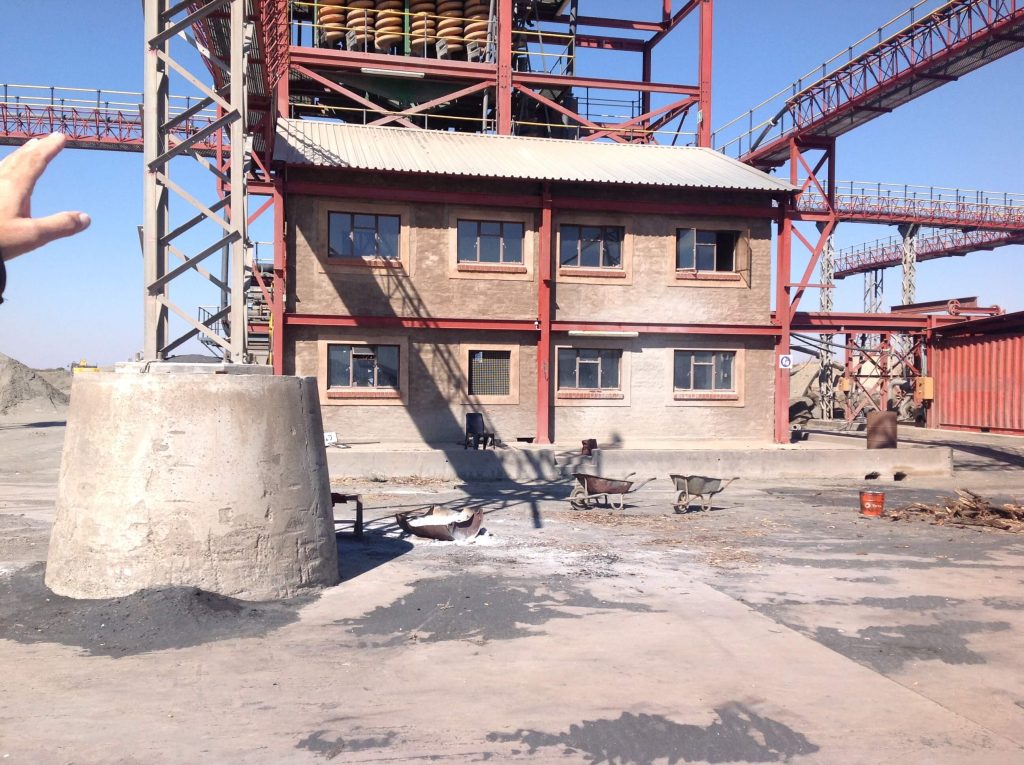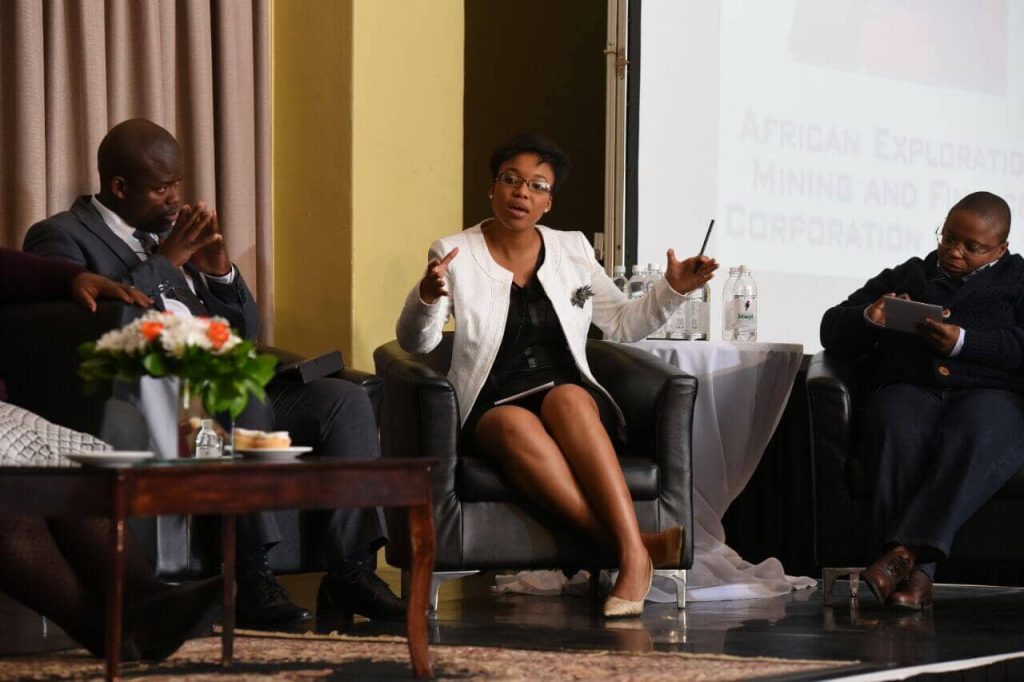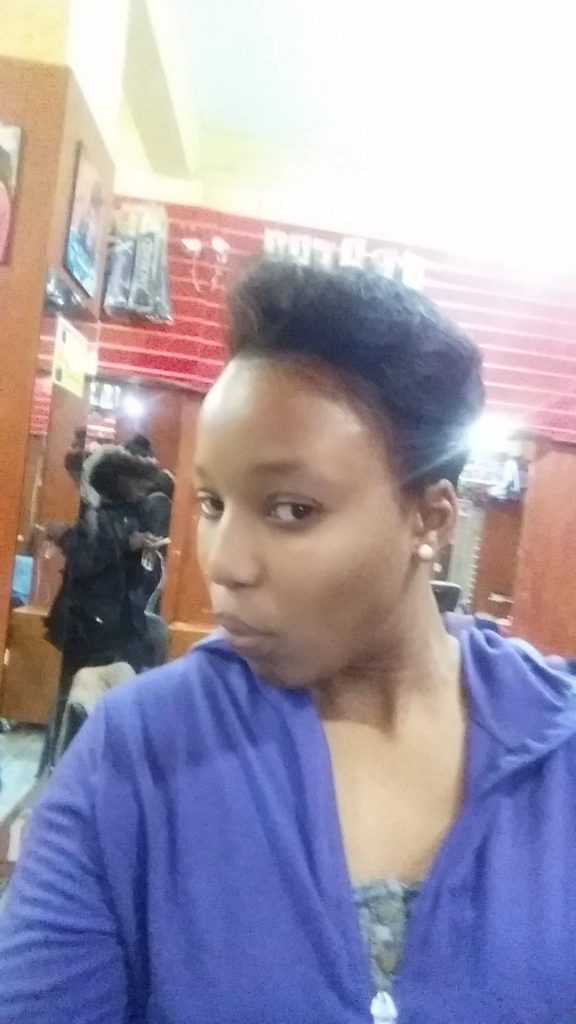The mining industry may not be first choice for a young woman looking to start a profitable venture. Not for Olebogeng Sentsho. Olebogeng is a one woman force shaking things up for the better in the South African mining and waste management industry. Her company Yeabo Mining is completely owned by black women but it doesn’t stop there. Through her initiatives, Olebogeng works towards improving rural communities and empowering women. Here she shares insights into the mining industry and why it needs to be Afrocentric.
Strategic waste management? What lead you to that industry?
As an investment analyst, I was exposed to many proposals in many fields. One of the proposals that came across my desk was for a tailings plant on one of the mines a client was looking to invest in. The plan was flawed and subsequently abandoned by the mine owners. I then requested their permission to improve their model and approach investors for funding. They agreed. Unfortunately, the project was capital intensive and any capital that was coming my way would take months to get to me. I had to make a living so my husband suggested we go pick up steel balls on an abandoned mine and sell them for cash. We did. We made R150 000. From there we approached other mines and realised that the service was in demand. That is how we started.
How did you make the switch from waste management to finance?
Once Yeabo Mining was up and running, we noticed a huge demand in requests for collaboration. This was not because we were the best at what we were doing, it was because our collaborators needed the funding an operation like ours could source.
We are 100% black female owned and the legislation in South Africa is such that we receive preference when we apply for funding. There are also more funding opportunities for businesses that are owned by young, black women. Once we isolated this need, we thought it prudent to investigate and set up a fund that supports junior mining operations. We currently have four clients on our books who mine silica, manganese, gold and chrome.
 How can waste be converted into a revenue stream?
How can waste be converted into a revenue stream?Many of the products used in the mining process and the by products of mining still have value even though they have been used. For example, steel is used in the liners that line equipment in the concentrator plant. Once they are worn out; they are discarded and replaced. Each liner weighs 2 tons and there can be 18- 34 liners per plant.
We retrieve the liners from the dump and sell them to a recycler for R1900 per ton. Combine this with about 300 tons of steel balls and you have a legitimate revenue stream. Also, when a specific mineral is removed from the ore, other minerals that are equally valuable remain. Most mines ignore these other minerals if they don’t form part of their core business. Yeabo Mining exploits these minerals and processes them. These are just a few of the ways we generate income from waste.
Considering the sometimes tense nature of mining in South Africa, does social responsibility feature in your business?
Social responsibility is a big part of why we do. Yeabo Mining supports female owned SMME’s (Small Micro medium enterprises) by giving them preference when we do our procurement. We also mentor several young people, many of whom are trying to start businesses in the industry. Mining is treacherous and having someone who is already in the business looking out for you is an advantage.
Also, Yeabo Mining collaborates with community outreach programmes that educate and empower young people in the fields of maths and science. We are a proud patron of the Mining Innovation Initiative of South Africa (MIISA).
 You mentioned that you are engaged in other initiatives, tell us about them.
You mentioned that you are engaged in other initiatives, tell us about them.MIISA is a holder of rights for several initiatives. There is “Let your light shine”, a renewable energy initiative that teaches women how to build solar lamps and sell them for cash. We also have Innovo Health Systems, which provides mobile hospital facilities for rural communities and the MIISA school for Mathematical Excellence and Science Innovation which are a series of pop up schools in the Sekhukhune area of Limpopo that facilitate maths and science clinics for secondary school learners.
The primary goal of these endeavours is to create an industry where South Africa can beneficial its own minerals. We want to ensure that mining builds sustainable, well serviced communities in the area where the specific mines are based. Mines have to be catalysts for change and improved living conditions. It cannot be that Africa provides the world with wealth yet that wealth fails to translate into improved living conditions and lives of the Africans who live and work in these communities.
We must strive to be Afro-centric in our approach to mining and the economy. All efforts must be made to ensure that wealth is not in the hands of a few. No one makes it if we all don’t make it. An inclusive mining economy that focuses its resources on social upliftment and education is a catalyst for an Africa that produces leaders and productive contributors to the country’s GDP.
What advice would you give other young African women looking to make a change in their communities?
As young women in Africa, our mandate is clear. It is incumbent upon us to provide skills and leadership for the improvement of our communities. We can’t sit and wait for opportunities to participate; we have to innovate, pioneer solutions for ourselves so that we can lead the agenda of a transformed and progressive African economy. These dreams cannot be achieved by a continent with hungry people. We must focus on the immediate needs of our people and find our own rhythm for the advancement of our continent. We must take responsibility for our future.
This has been really insightful. Lastly, what was the last picture you took on your phone?

If you’d like to share your story with She Leads Africa, let us know more about you and your story here.
